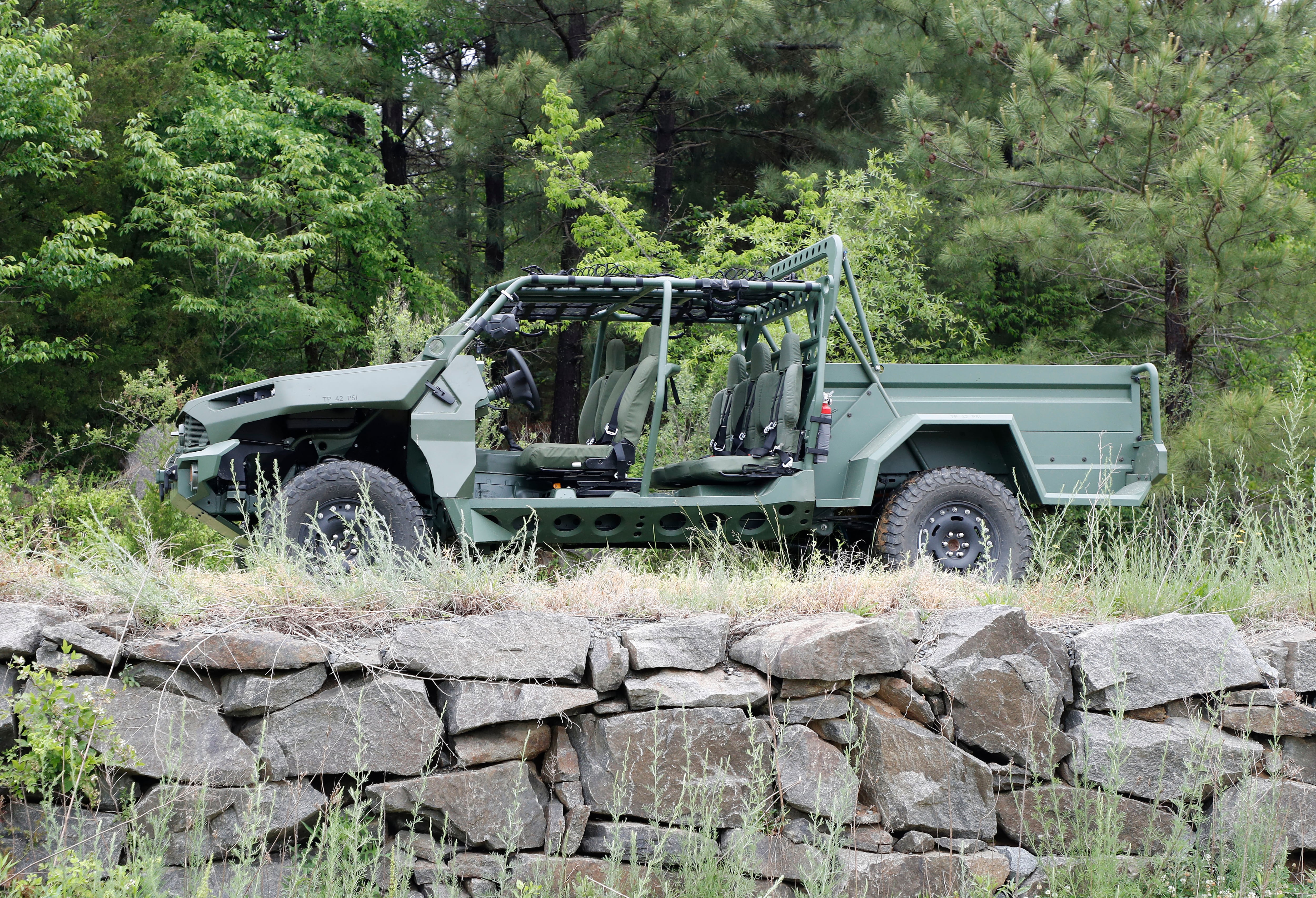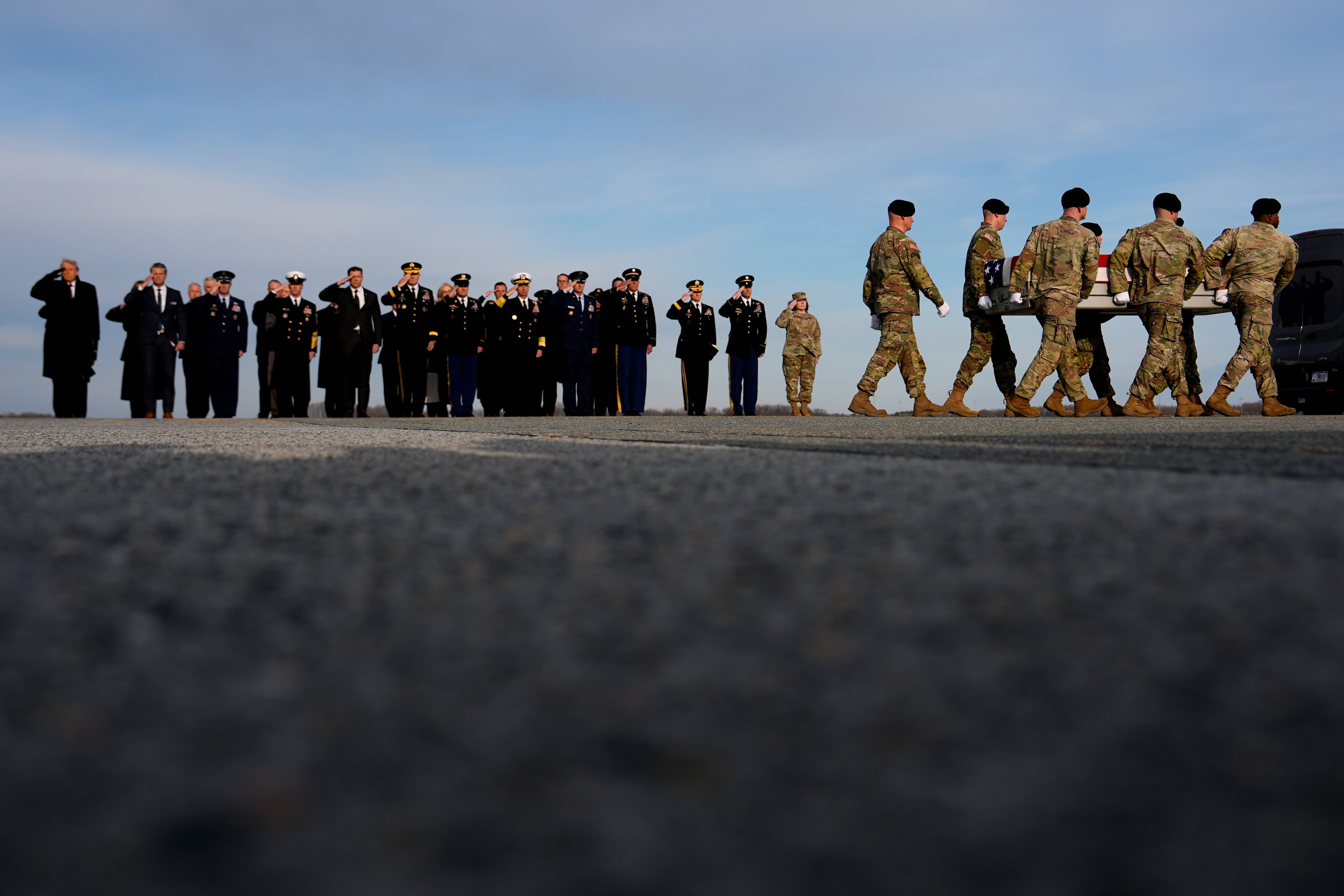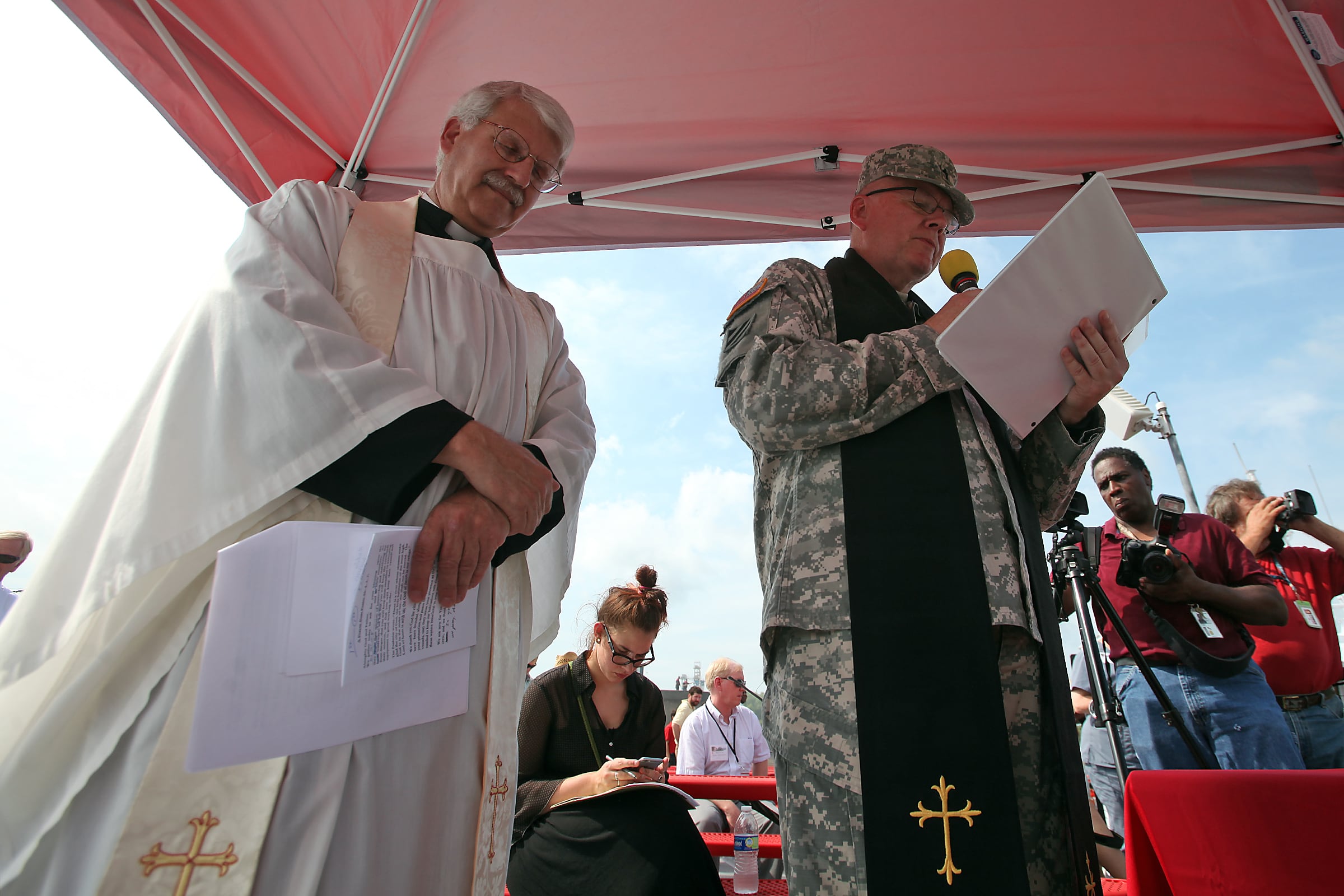WASHINGTON — House Armed Services Tactical Air and Land Subcommittee lawmakers want the U.S. Army to establish and run a pilot program examining how electric tactical vehicles might operate in the field.
In the Army’s climate strategy released earlier this year, the service laid out a goal to field hybrid electric tactical vehicles by 2035 and all-electric vehicles by 2050. But with that pledge comes a complicated logistics tail for maintaining and recharging them on the battlefield.
The Army also approved a tactical and combat vehicle electrification, or TaCV-E, initial capabilities document in December 2021 that “informs the transition to advancing electrification capabilities and operational requirements generation for the ground vehicles fleet,” according to the subcommittee’s fiscal 2023 authorization mark.
The subcommittee members are “interested if electrification in the near term is achievable for tactical ground vehicles given the evident operational benefits associated with reduced vehicle thermal and noise signature, increased dash speed and reduction in liquid fuel requirements.”
RELATED

By prototyping and experimenting with TaCV-E, the military could gain a better understanding of what is needed to operate and to inform planning and potential issues, the mark states.
The subcommittee said there is “considerable and apparent” value for the service to enter into Cooperative Research and Development Agreements, also known as CRADAs, with industry partners.
And the Army should establish a pilot program at one of the combat training centers, like the National Training Center at Fort Irwin, to experiment and demonstrate “integrated electrification capabilities” to include electric vehicles, mobile fleet charging systems and exportable power generation during operational training exercises, the subcommittee suggests.
Should the language make it into the final FY23 authorization bill, the Army secretary would be required to provide by Jan. 15 a report to the HASC on whether a pilot program would be feasible and what the effort would cost.
As Defense News first reported, the Army is preparing its first-ever operational energy strategy, which is expected by the end of the year. In the strategy, the Army would map out how it manages and distributes power in operations across the battlefield.
The Army is already working with industry in a number of ways, including assessing capabilities at exercises stateside such as the Army Expeditionary Warrior Experiment.
The service is assessing the possibility of fielding a hybrid electric version of several of its vehicles, including the Joint Light Tactical Vehicle and the Bradley Infantry Fighting Vehicle.
Oshkosh, the JLTV’s manufacturer, unveiled earlier this yea, a hybrid version of the vehicle, but the Army does not have a stated requirement for the capability yet. And the service plans in FY23 to decide whether it will pursue a hybrid Bradley.
The most likely candidate to become an all-electric tactical vehicle is the Electric Light Reconnaissance Vehicle. The Army has looked at a variety of options through demonstrations, but has yet to fund the effort.
Last year, Army Futures Command’s Applications Laboratory picked companies to participate in a cohort to develop ways to power electric vehicles in austere, remote locations.
A separate mark of the FY23 authorization bill would require the Pentagon to set up a pilot program for transitioning entire non-tactical vehicle fleets at certain installations to electric power.
The HASC’s readiness subcommittee wants the secretary of each military department to select an installation for the pilot and submit a plan to make all non-tactical vehicles at that location electric-powered by 2025.
Jen Judson is an award-winning journalist covering land warfare for Defense News. She has also worked for Politico and Inside Defense. She holds a Master of Science degree in journalism from Boston University and a Bachelor of Arts degree from Kenyon College.





